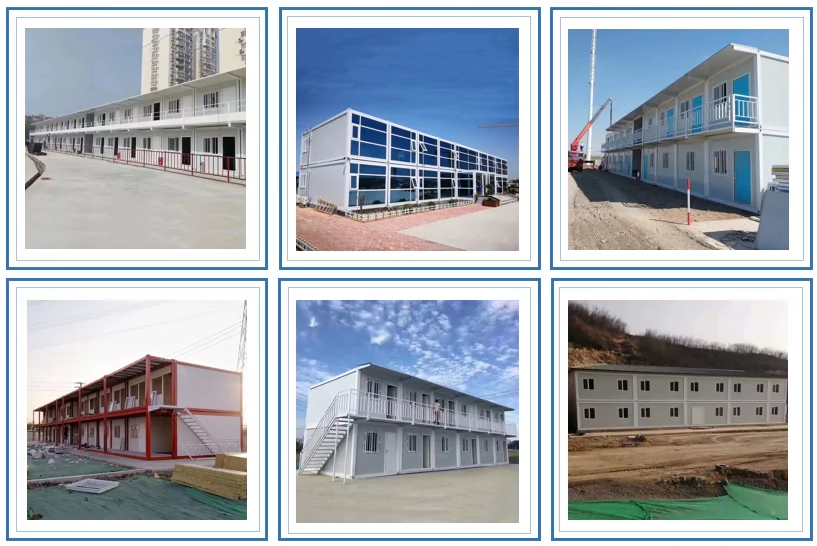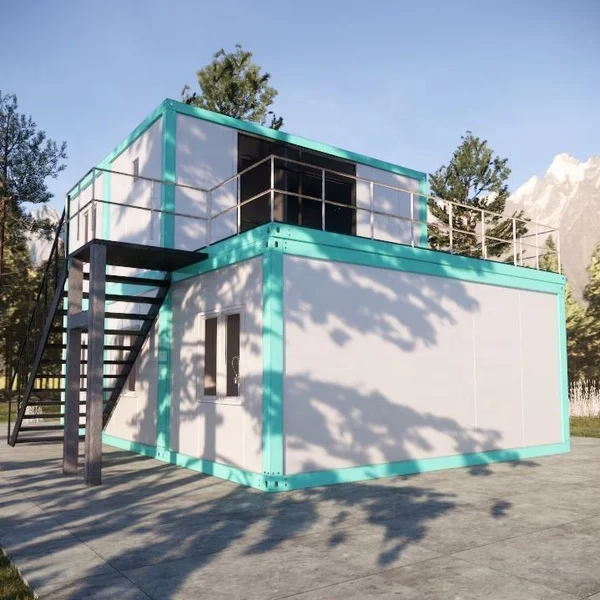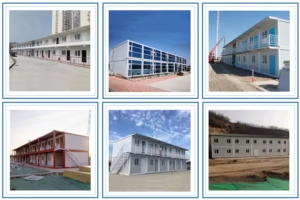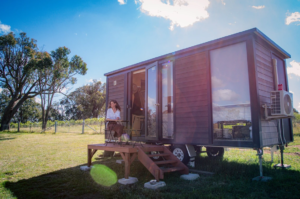Basic Concepts of Integrated Modular Building
The construction industry has recently seen major innovation through integrated modular building, which improves construction efficiency and safety. This method evolved from early mobile homes that gained postwar popularity for their affordability and convenience, though people questioned their lack of regulation. Technological advancements later transformed mobile homes into modern prefabricated modular buildings. Factories now manufacture these homes before workers assemble them on-site. This approach maintains factory efficiency while meeting strict building codes, ensuring safer and more comfortable living spaces.
Unlike traditional construction, integrated modular building shifts most work to factories, dramatically cutting construction time and labor costs. Today, buyers can select modular homes in nearly any style and configuration to suit diverse needs.
The Construction Process of Integrated Modular Building
In a factory, almost all the framing and interior work gets done. Craftspeople fit the same quality materials-timber, windows, doors, even full kitchens-youll see in a house built stick by stick on site. Roughly seventy to ninety percent of the build happens there; a tiny site crew handles the rest once the modules arrive. Before they show up, that same crew digs and pours a sturdy concrete pad, giving the new home a level, solid seat.
Once the factory-built modules reach the site, a heavy-duty crane gently lowers each unit onto the prepped foundation. Because this method is quicker than hammer-and-sawdust framing, work keeps moving, and costly weather hold-ups are much less likely. When the final box drops, inspectors tour the house, scrutinizing every seam and system before giving the green light for occupancy.
Economic and Environmental Advantages of Integrated Modular Building
Modular construction is well-known for being kinder to the bottom line. Shorter overall schedules trim labor costs, and building parts in bulk lets factories buy materials at a discount; those savings usually flow through to the buyer.
Environmentally, modular building excels. Manufacturers incorporate insulated panels and energy-efficient appliances to cut energy costs. Because workers construct most components in controlled factory settings, they can perform precise pressure tests to verify compliance with energy standards. As a result, modular homes often outperform traditional buildings in energy efficiency, reducing residents’ long-term utility expenses.

Conclusion
Integrated modular building is reshaping the construction landscape by blending speed, safety, and eco-friendliness in one package. Moving most assembly into a sheltered factory allows these homes to arrive sooner, cost less, and pass rigorous codes while still looking and feeling like traditional dwellings. So whether youre dreaming of a custom house or launching a commercial venture, choosing modular construction today gives you peace of mind and a head start on tomorrows building practices.
Contact Us to Learn More or Get Started!
📱 WhatsApp/Phone:+86-13081655379
💬 [Facebook Messenger]
📧 Email: admin@carteroom.com



